Making Asian-Inspired Zucchini Preserve
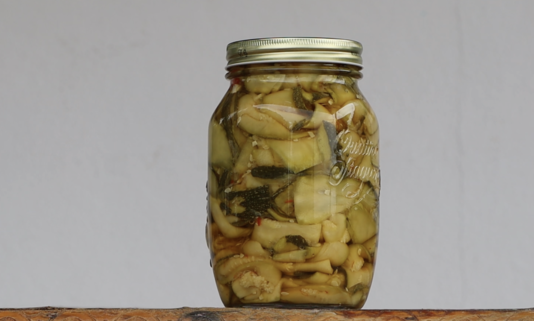
A punchy and savory preserve featuring zucchini, garlic, soy sauce, and chilli. Adds boldness to any dish.
This zucchini preserve is not your average pickle. With notes of garlic, soy, and chilli, it’s inspired by the punchy, umami-rich flavours of Asian cooking. This one’s a knockout on rice bowls, grilled meats, or as a spicy condiment next to charcuterie.


A punchy and savory preserve featuring zucchini, garlic, soy sauce, and chilli. Adds boldness to any dish.
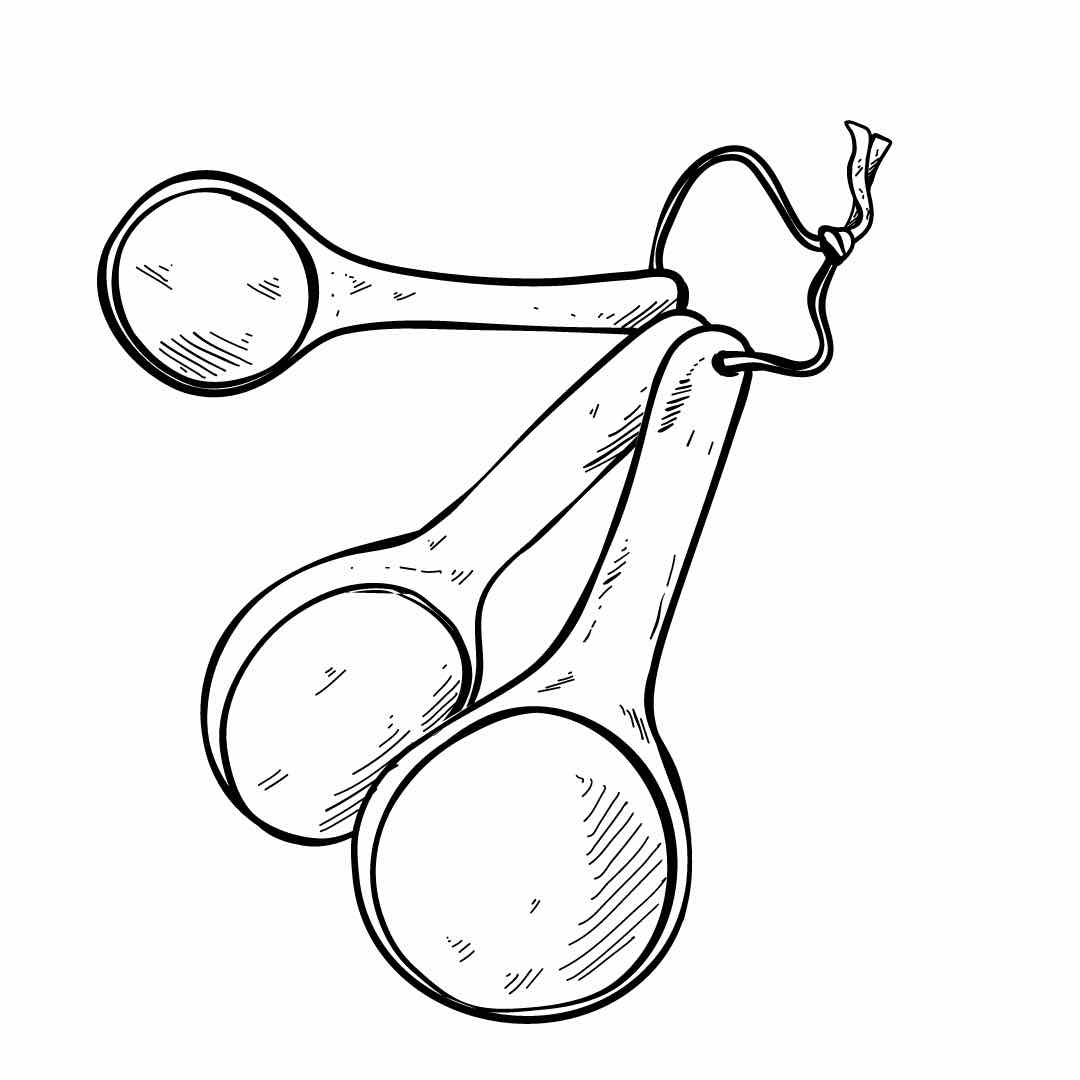
Serves:
1000 ml jar (34 fl oz)

Time to Prepare:
25 minutes

Time to cook or cure:
10 minutes
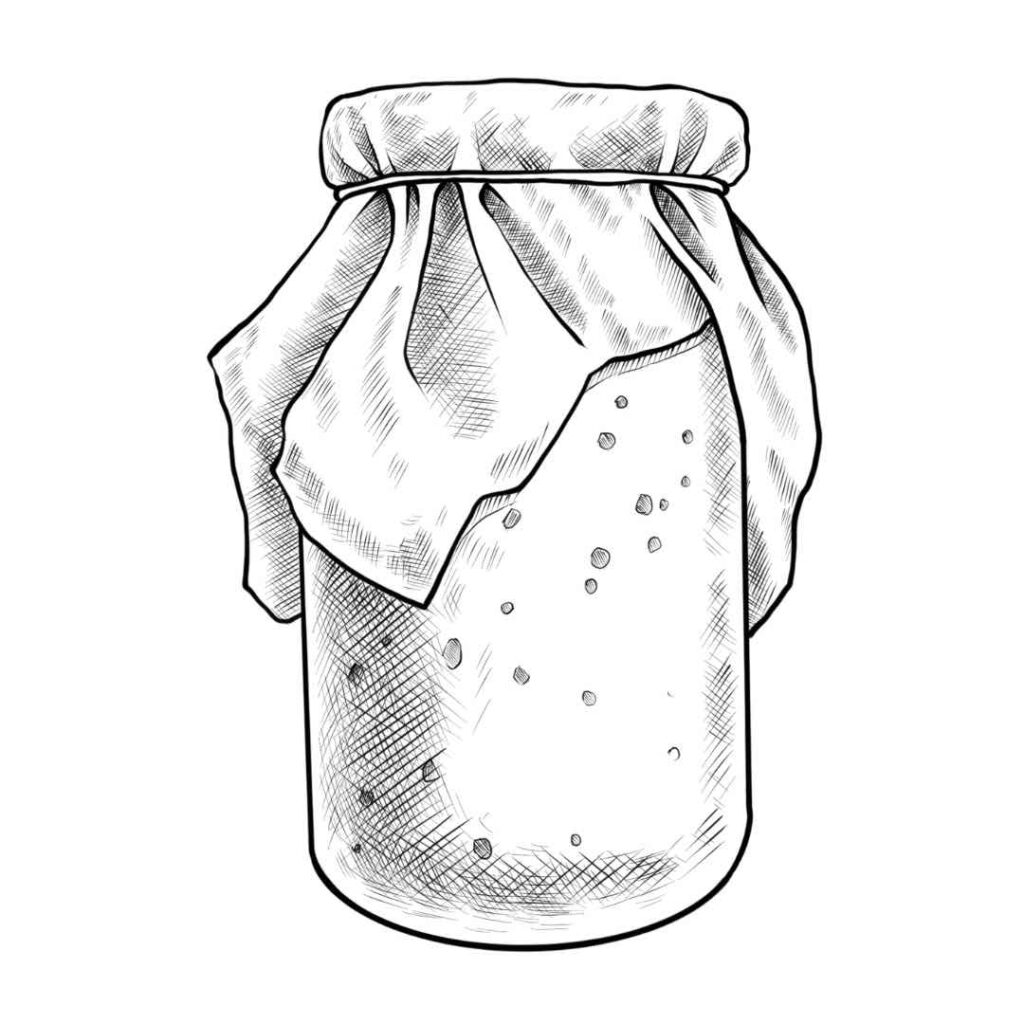
Skill
Slicing, infusing, layering
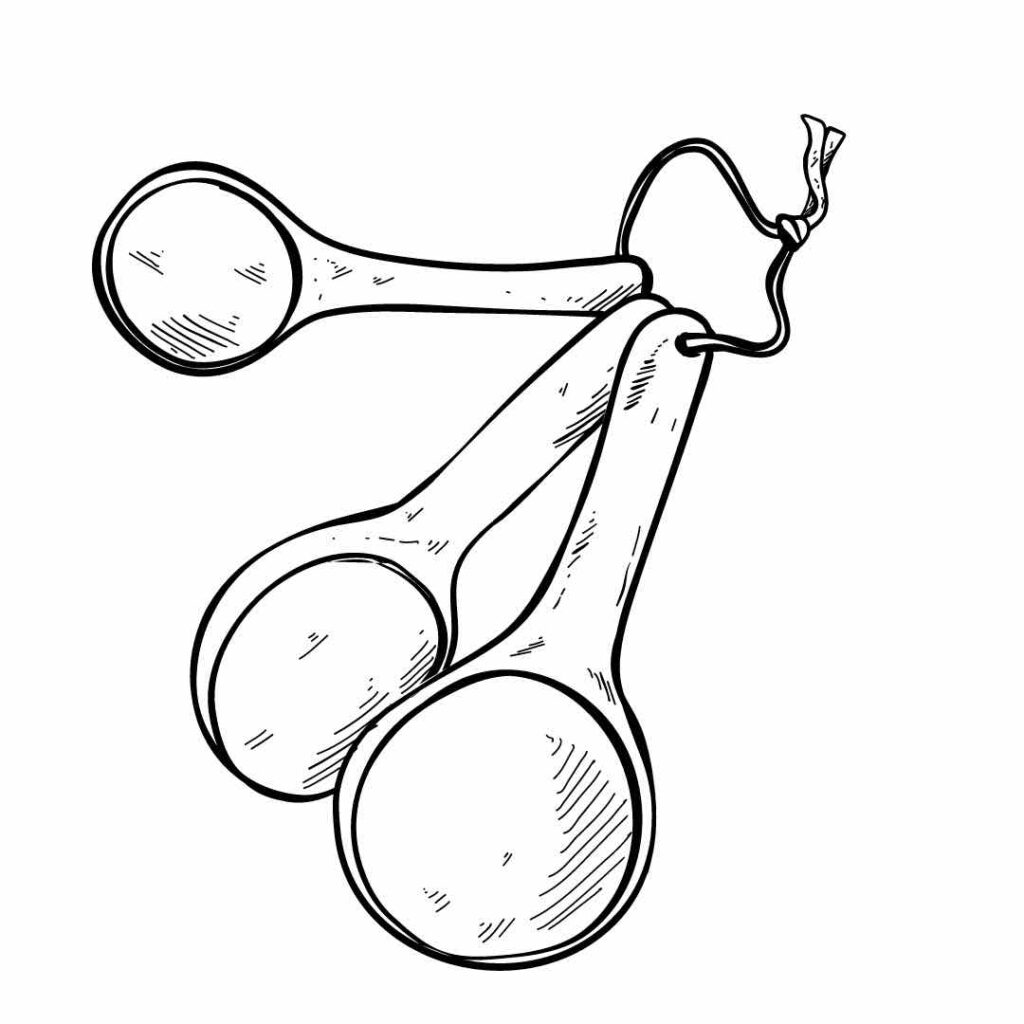
Serves:
1000 ml jar (34 fl oz)

Time to Prepare:
25 minutes

Time to cook or cure:
10 minutes

Skills:
Slicing, infusing, layering
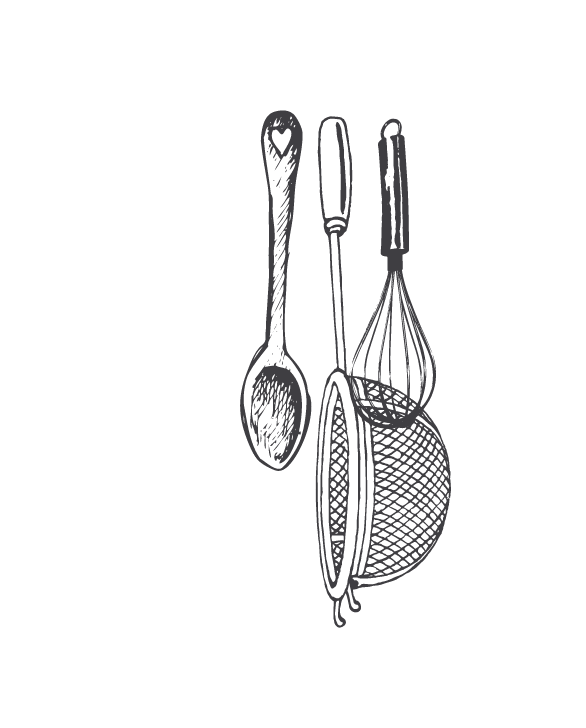
Let the zucchini salt thoroughly before rinsing.
Grate the garlic and chilli finely for even distribution.
Don’t overheat the brine—warm, not boiling, is best when pouring over.
Layer tightly in the jar and press down gently.
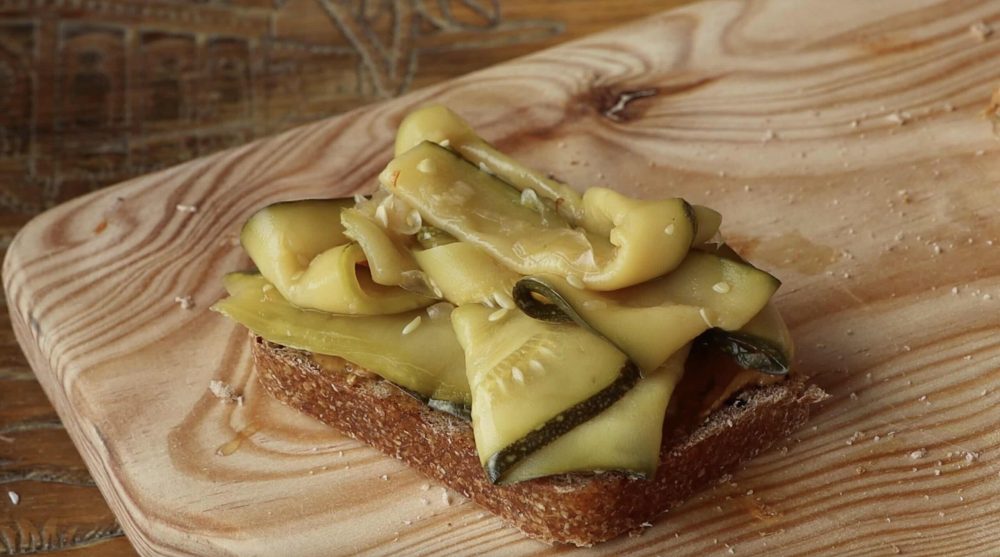
Store in a dark cool place (10°C) for 2–3 months, or refrigerate for longer shelf life. Refrigerate after opening.
Q: Can I omit the fish sauce?
A: Yes, you definitely can—but you’ll lose a layer of savoury complexity that gives this preserve its subtle depth. Fish sauce adds umami (that elusive fifth taste), and while it’s just 10 ml, it works like a seasoning amplifier. If you’re vegetarian or not into fish sauce, try a splash of tamari or a little extra soy sauce instead. It won’t taste exactly the same, but it will still be delicious. You could even experiment with miso or a dash of mushroom broth concentrate for earthiness.
Q: Is this very spicy?
A: Not at all! It’s more of a gentle tingle than a full-on kick. The red chilli adds a little warmth without overpowering the other flavours. That said, if you’re feeding spice-lovers, go wild—add an extra chilli, a dash of chilli flakes, or even a spoonful of sambal oelek or gochujang to the mix. On the flip side, if you’re heat-sensitive, use a mild pepper or skip it altogether. You’re in charge here.
Q: What’s the best way to serve it?
A: This preserve is a flavour hero. Serve it cold alongside grilled chicken or pork. Use it to jazz up a rice bowl with tofu or eggs. It’s a killer addition to a banh mi or wrap, and it brings balance and brightness to oily dishes like duck or crispy skin salmon. I also love it on sourdough toast with cream cheese or smashed avocado—it cuts through the fat like a charm. And don’t underestimate how good it is just eaten straight from the jar with a fork after a long day (no judgment).
Q: How long does it keep once opened?
A: Once opened, pop it in the fridge and aim to eat it within 3 to 4 weeks. Always use a clean spoon and keep everything submerged in the brine to keep it safe and flavourful. That said, in our house, it never lasts that long—we always finish the jar way before the expiration date.
Q: I don’t have a mandoline—can I slice by hand?
A: You can, absolutely. Just do your best to get the slices thin and even. The mandoline ensures uniformity (and speed), but a sharp knife and some patience will do just fine. Thicker slices will still taste good, they just might need a slightly longer blanching time and may be a bit firmer in texture.
Q: Can I use cucumbers instead of zucchini?
A: You can, but cucumbers will behave a little differently in the brine. They tend to be crunchier and more watery. If you’re making the switch, choose firm pickling cucumbers and consider skipping the blanching step entirely. Let them soak in the warm brine, then pack. The flavour will still shine, but the texture will be a little crisper.
Q: Why do I need to salt the zucchini first?
A: Great question. Salting helps pull out excess moisture, which concentrates the zucchini’s flavour and improves texture. It also helps prevent a soggy pickle and keeps your brine from getting too diluted. This step may seem fussy, but it really makes a difference—worth every grain of salt.

Recipe Categories
We lost so much.
Our pastures are destroyed, many of our old olive trees, the young orchards, the irrigation systems, our most important tools, water pumps, and power setup—either melted or destroyed.
Our food and hay stores, the fences, and many of the stable buildings are either damaged or lost entirely.
What took years to build was reduced to ash in a single afternoon.
Ready to Recharge and Enjoy Real Food in Nature?
Cook, connect, and grow in the heart of our regenerative farm.
Real food. Deep rest. Lifelong memories.
